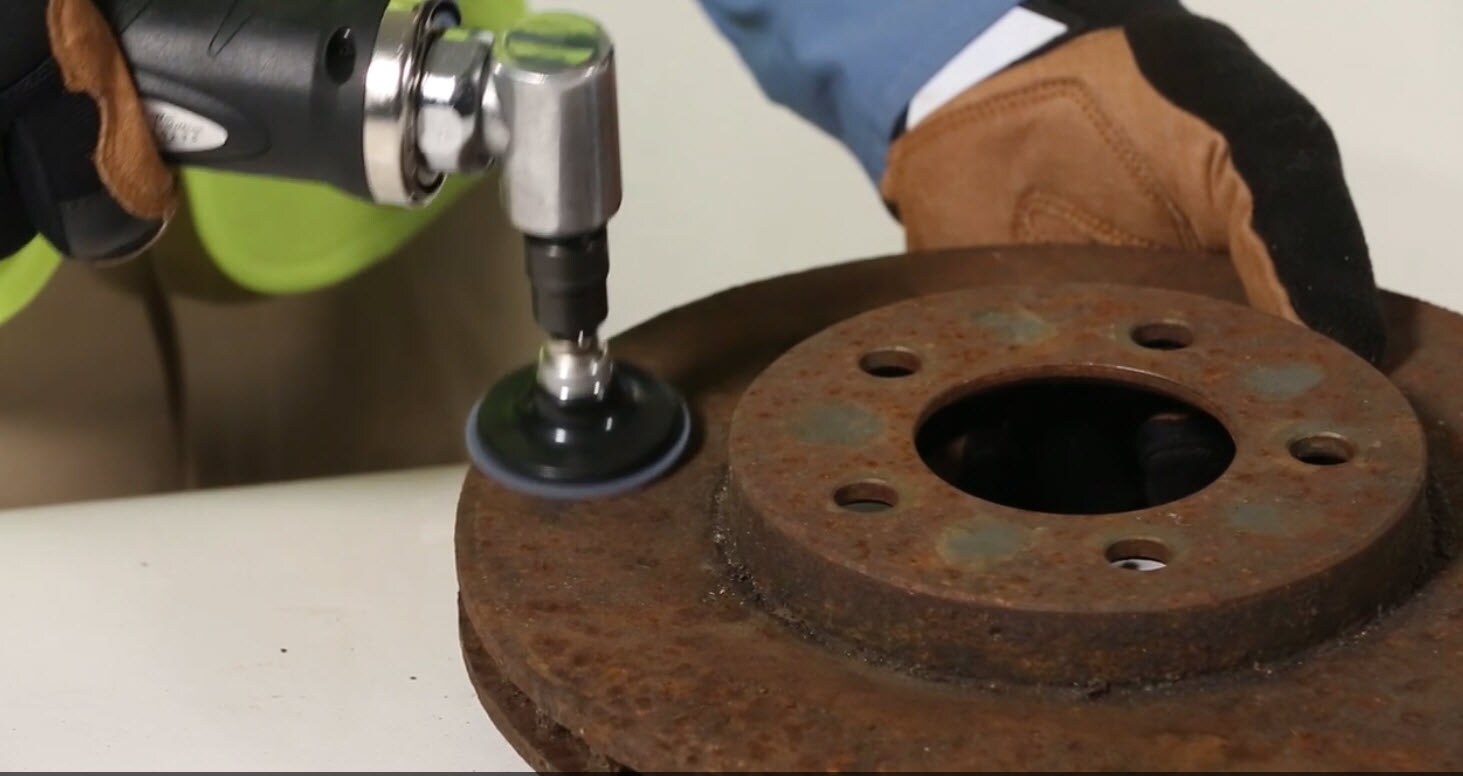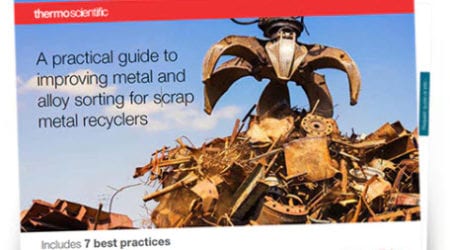 LIBS technology (Laser Induced Breakdown Spectroscopy) can be utilized to help accurately and repeatedly capture carbon content as well as automatically calculate carbon equivalency using a prescribed formula via pseudo element feature.
LIBS technology (Laser Induced Breakdown Spectroscopy) can be utilized to help accurately and repeatedly capture carbon content as well as automatically calculate carbon equivalency using a prescribed formula via pseudo element feature.
A handheld LIBS analyzer fires a pulsed laser at the sample vaporizing the material to form a plasma on the surface with ~200 pulses per reading. Excited electrons return to ground state in atoms and ions, emitting light which is collected by onboard spectrometers. The instrument’s software and calibrations compare the wavelengths and intensity of spectral lines to quantify the concentrations of elements, and using a prescribed formula via a pseudo element feature, enables automatic calculation of carbon equivalency.
Sample preparation is very important to LIBS analysis and must be performed before any measurement process to ensure the most reliable performance and results. Here are seven tips to follow for better sample preparation and more accurate analysis when using a handheld LIBS analyzer:
- Choose an acceptable test location by avoiding areas of heavy pitting or grinding on critical dimensions, such as, flange faces, shaft journals or over markings (heat, lot numbers, etc…).
- Confirming adequate material thickness is a good practice prior to preparation of in-situ pressure containing components, such as process piping.
- Consider material composition and grit when selecting abrasive grinding media. 60-80 grit zirconium aluminum oxide is recommended for typical carbon and low allow steels. Avoid using silicon carbide.
- Work the sanding disc near parallel to the surface evenly to produce a ~1”x1” area for easy positioning.
- Avoid using excessive pressure while maintaining positive control to avoid dishing or removing excessive material.
- Remove, replace and discard used discs often.
- Follow safety procedures. Be aware of spark/ debris discharge direction and wear personal protective equipment (PPE) as appropriate.
 Want to see what good sample prep looks like? Here’s a video showing best practices for sample preparation before performing a LIBS analysis with a handheld analyzer.
Want to see what good sample prep looks like? Here’s a video showing best practices for sample preparation before performing a LIBS analysis with a handheld analyzer.
For more information:
- FAQs – Niton Apollo Handheld LIBS Analyzer
- Low Alloy / Carbon Steel Library Technical Reference Sheet
- How Does LIBS Work? Technology page
- Handheld XRF & LIBS Safety Training
Additional Resources:
- Download our free eBook: A Practical Guide to Improving Steel Manufacturing Processes and Production Methods
- Visit our center for Improving Steel Manufacturing Processes and Production








very helpful article thanks for sharing this keep posting.
Hello Manish, thank you for the kind words. Please let us know if there are particular topics of discussion you would like to see more of. Regards, Brian.